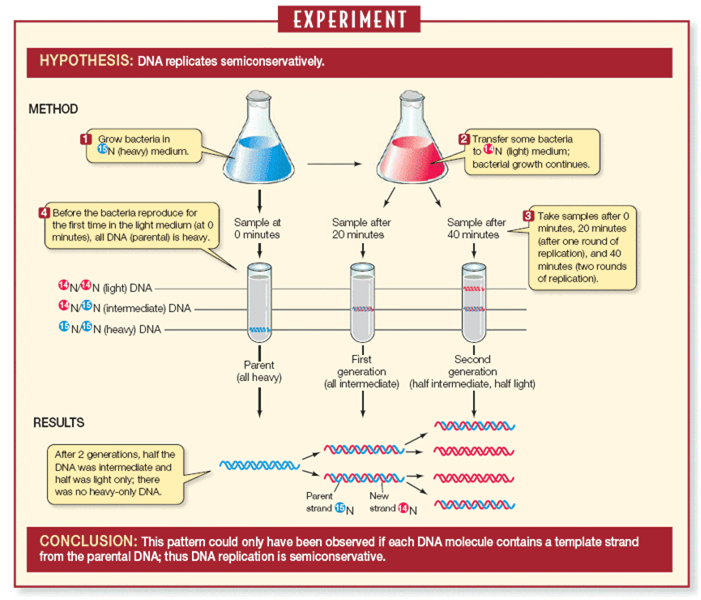 Short Answer Type
Short Answer Type(a) Name any two places where it is essential to install electrostatic percipitators. Why is it required to do so?
(b) Mention one limitation of the electrostatic precipitator.
Prior to a sports event blood and urine samples of sports-persons are collected for drug tests.
(a) Why is there a need to conduct such tests/
(b) Name the drugs the authorities usually look for.
(c) Write the generic names of two plants from which these drugs are obtained.
Given below is a list of six micro-organism. State their usefulness to humans.
(a) Nucleopolyhedrovirus
(b) Saccharomyces cervisiae
(c) Monascus purpureus
(d) Trichoderma polysporum
(e) Peniciliu notatum.
(f) Propionibacterium sharmanni
Reproductive and Child Healthcare (RCH) programmes are currently in operation. One of the major tasks of these programmes is to create awareness amongst people about the wide range of reproduction related aspects. As this is important and essential for building a reproductively healthy society.
(a) Providing sex education in schools in one of the ways to meet this goal. Give four points in support of your opinion regarding this statement.
(b) List any two 'indicators' that indicate a reproductively healthy society.
Describe the experiment that helped demonstrate the semi-conservative mode of DNA replication
Meselson and Stahl (1958) experimentally proved that the DNA replication is semi-conservative. It had the following steps;
1. E. coli bacterium was grown for many generations in a culture medium in which the nitrogen source contained heavy isotope N15 , thus the labelling of bacterial DNA was done.
2. Later on these bacteria were cultured in N14 non-radioactive isotope.
3. DNA was analysed to determine the distribution of radioactivity.
4. The experiment showed that one strand of each daughter DNA molecule was radioactive whereas the other was non-radioactive.
5. During second replication in N14 medium, the radioactive and nonradioactive strand separated and served as a template for the synthesis of nonradioactive strands.
6. Out of four DNA molecules, two are completely non-radioactive and the other two have half of molecule as non-radioactive.
This showed that DNA replication is semi-conservative.
 Long Answer Type
Long Answer Type(a) Explain the post-pollination events leading to seed production in angiosperms.
(b) List the different types of pollination depending upon the source of pollen grains.
(a) Briefly explain the events of fertilisation and implantation in an adult human female.
(b) Comment on the role of placenta as an endocrine gland.
(a) How are the following formed and involved in DNA packaging in a nucleus of a cell?
(b) Differentiate between Euchromatin and Heterochromatin
(a) Why should we conserve biodiversity? How can we do it?
(b) Explain the importance of biodiversity hot-spots and sacred groves.
(a) Represent diagrammatically three kinds of age-pyramids for the human population.
(b) How does an age pyramid for human population at given point of time helps the policy makers in planning for the future.
